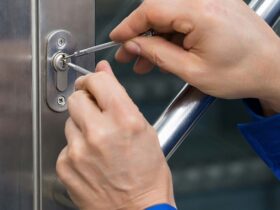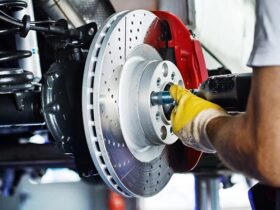Very often, a safe in the house is by no means a luxury, but a necessity. In such safes you can store not only savings, documents and jewelry, but also protect important papers from fires. Metal cabinets are sometimes used as a safe, the doors of which are locked. But if you need a safe, you should purchase its built-in version. Let us consider in more detail the features of the choice and the rules for installing such safes.
Remember that proper installation is the key to the normal operation of the safe and its reliability. The Aiko built-in safe is the best option, as it can be safely hidden, and built into the wall, it will protect valuables in the event of a fire. For the installation of such a safe, it is better to hire specialists, but it is quite possible to handle it yourself. The first rule that you must adhere to is to check the operation of the lock. Next, carefully read the installation instructions and follow the recommendations given in it as much as possible.
Do not install the safe at floor level, the door hinges should be on the right, that is, the door should open from left to right – this is most convenient. When choosing a place to mount a safe, it is best to choose a hidden space that will be restricted from access with a large hacking tool (for example, a crowbar or a sledgehammer), but at the same time you must have unhindered access to its contents.
Make sure that the wall in which you are installing the safe is deeper than the depth of the safe, about 10 centimeters. Avoid when installing those walls that have a lot of moisture, as moisture can adversely affect the performance of the lock mechanism of the safe. The safe itself should “sink” into the wall 2 centimeters deeper than its outer surface – so it will be easy to close it with a picture or wall tiles. Remember that when installing the safe, be sure to use the building level – this is necessary for the proper operation of the locking mechanism.











Оставить ответ